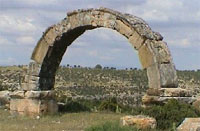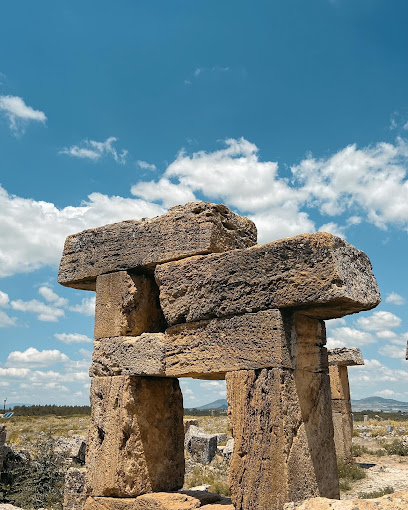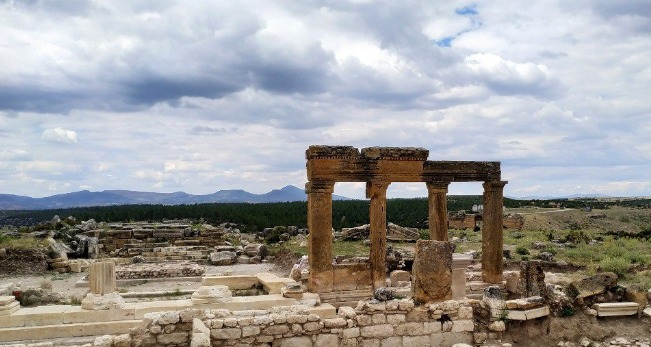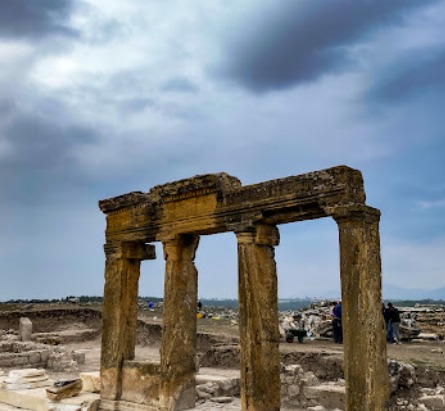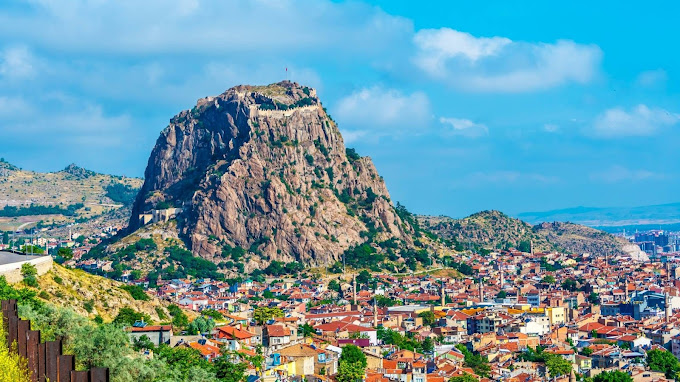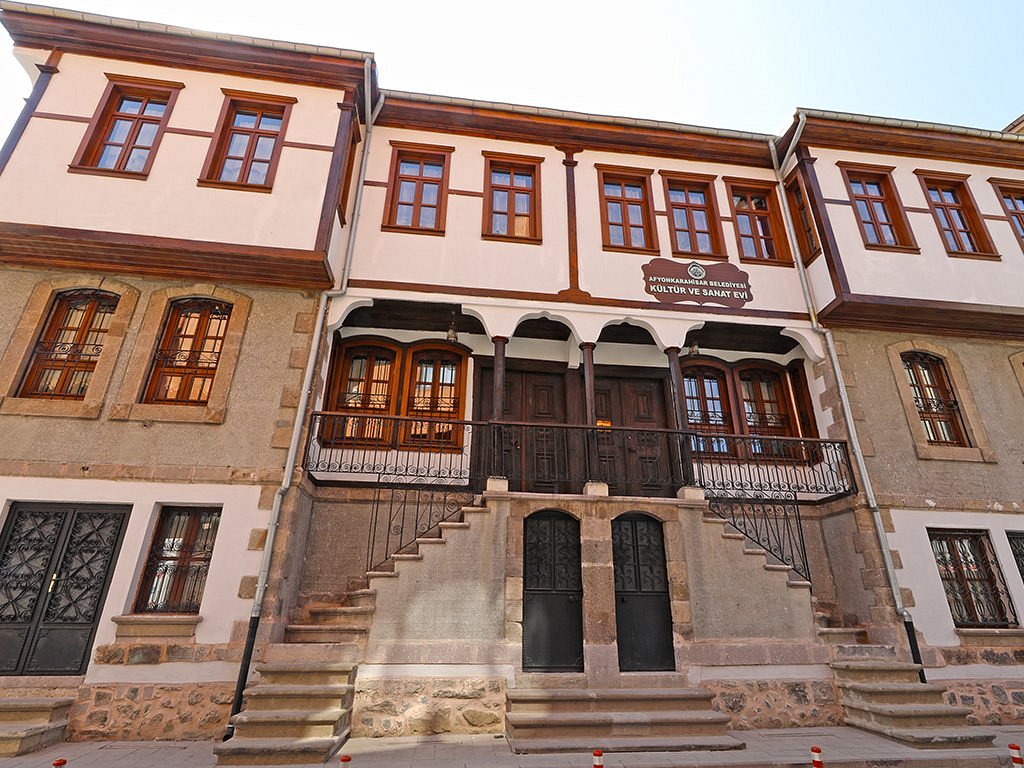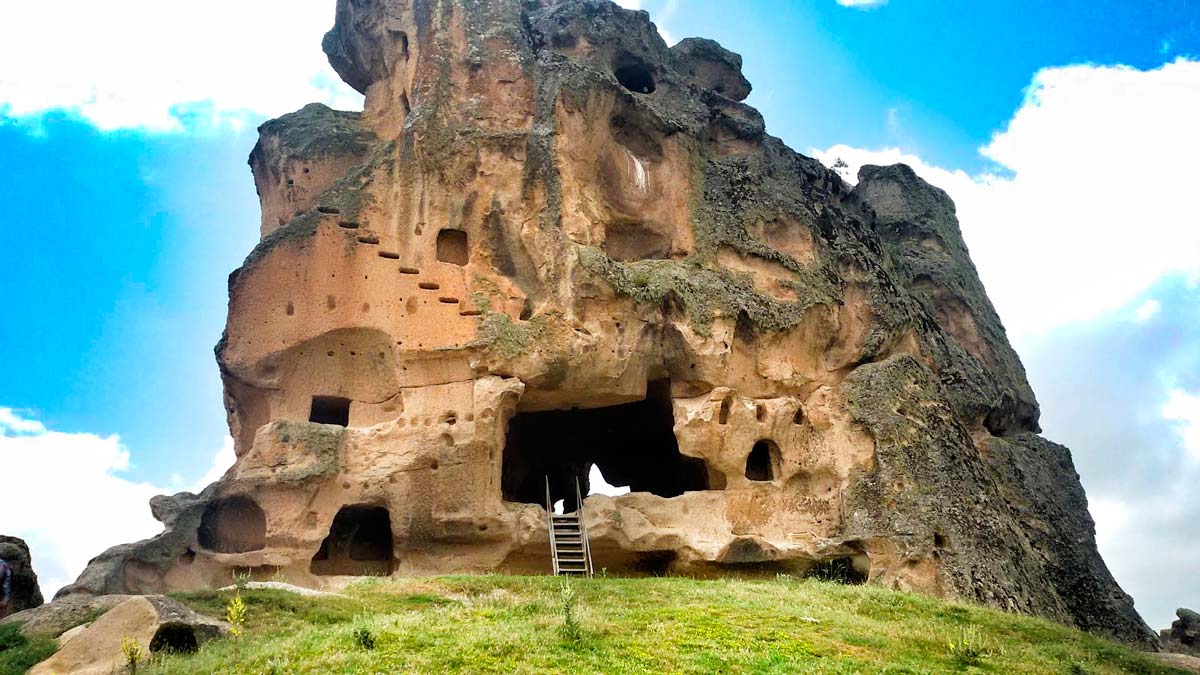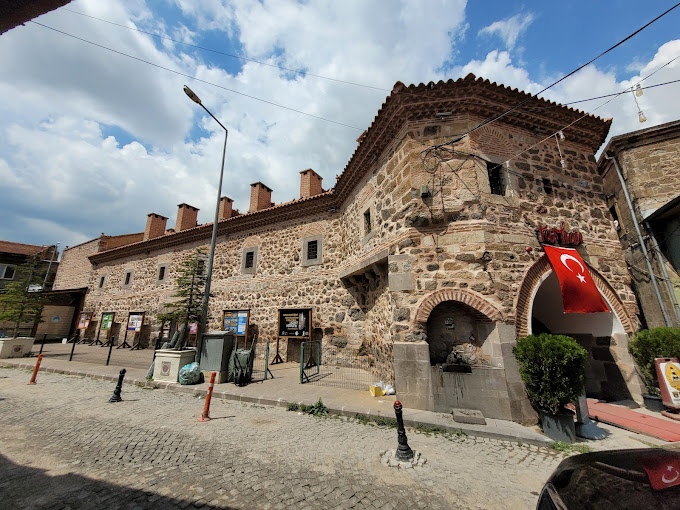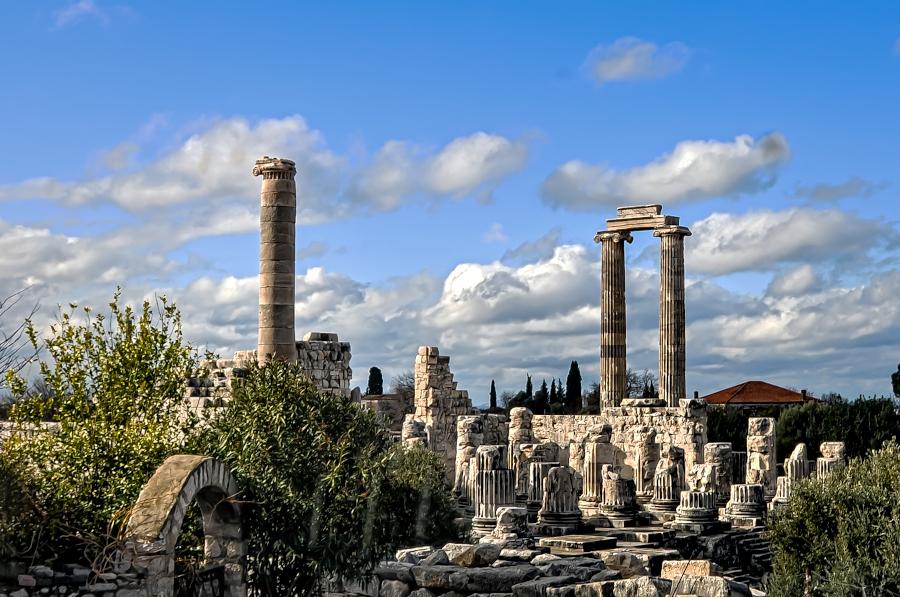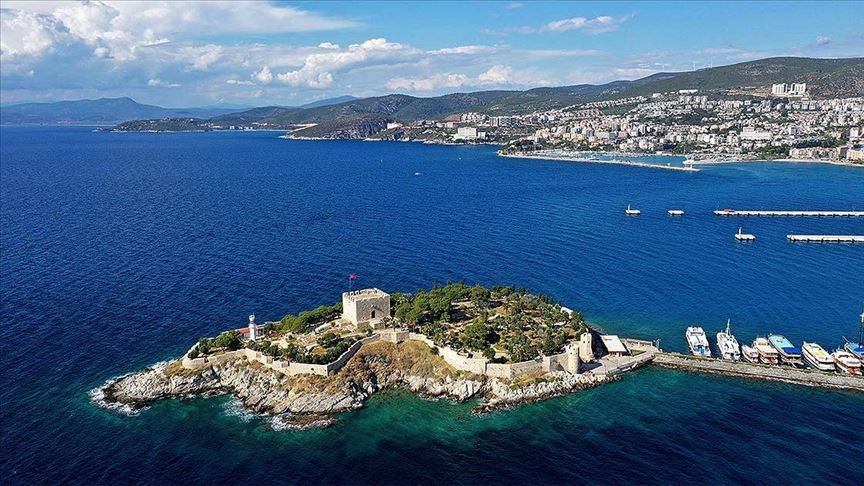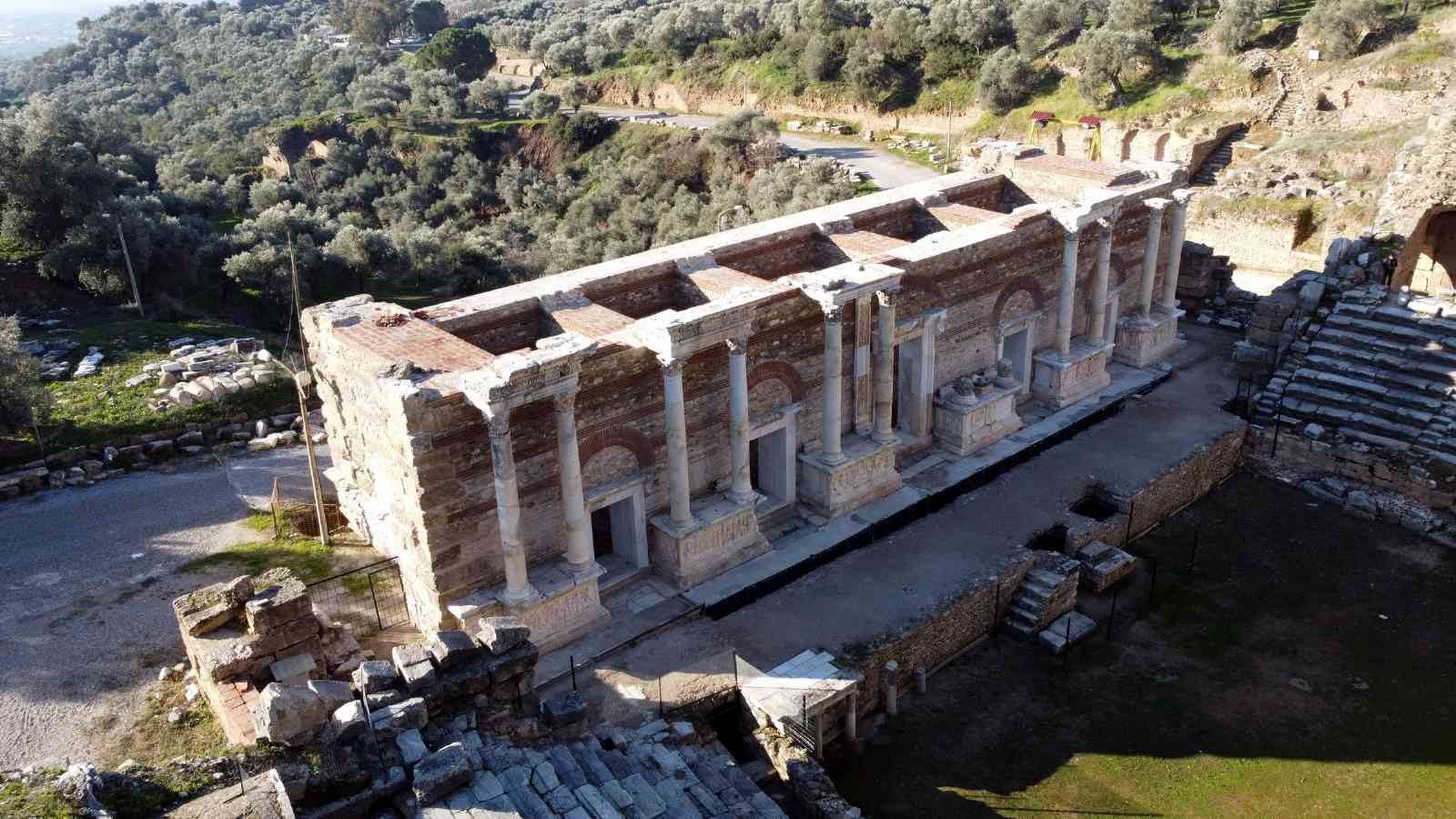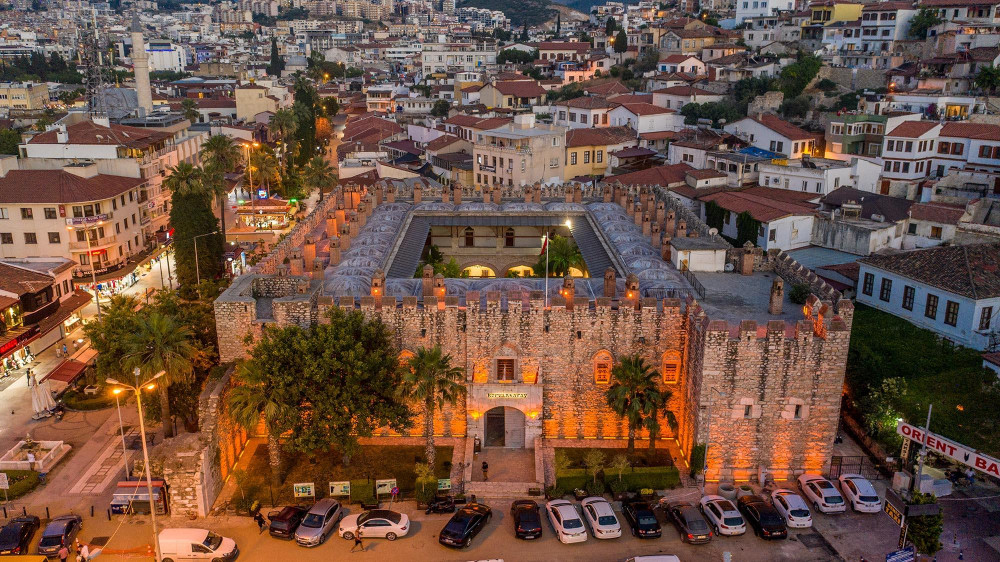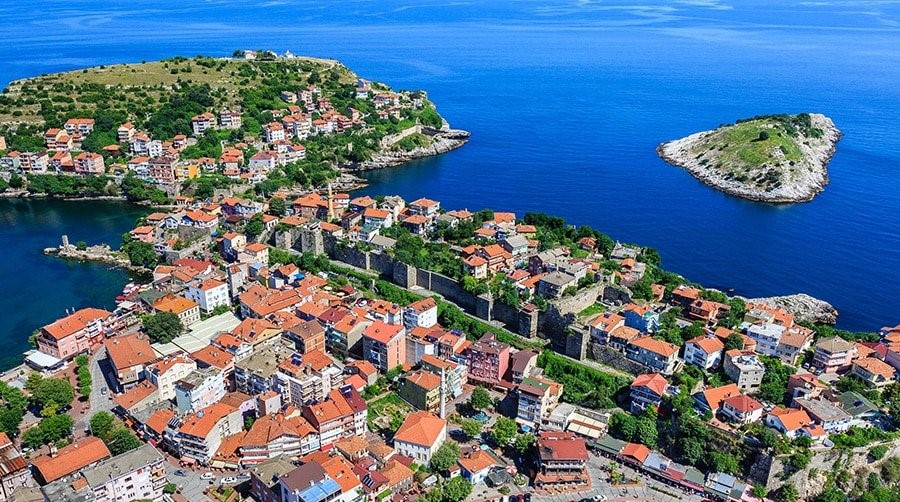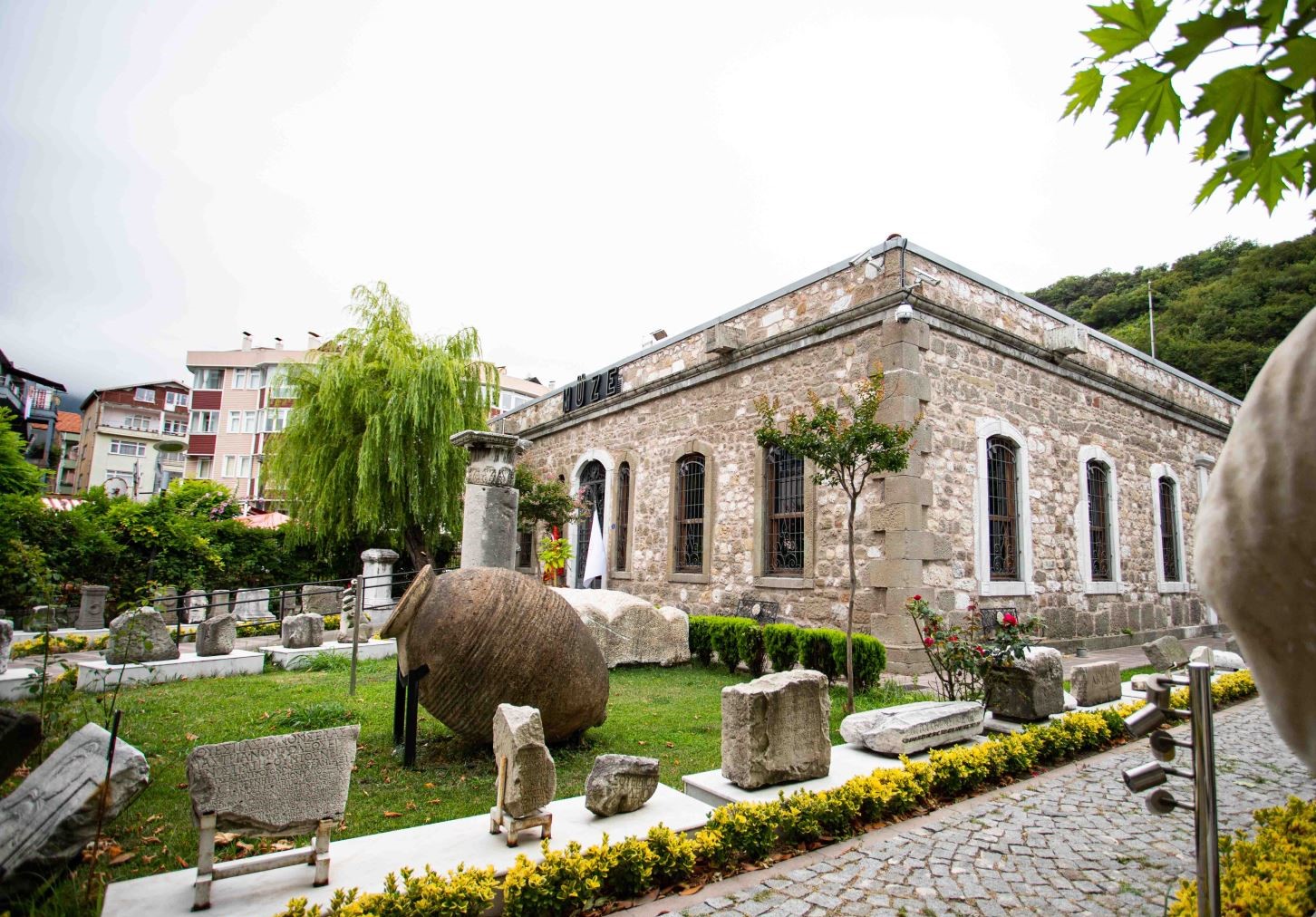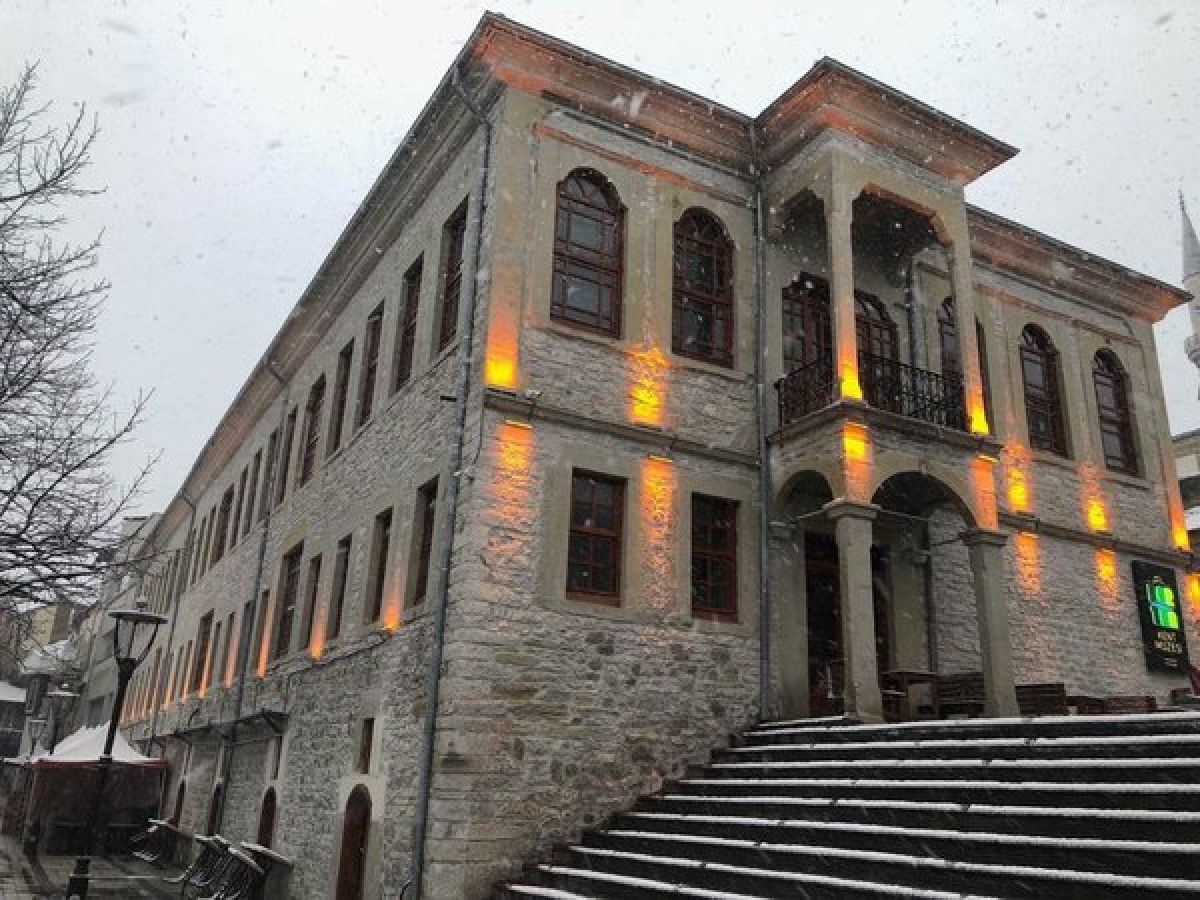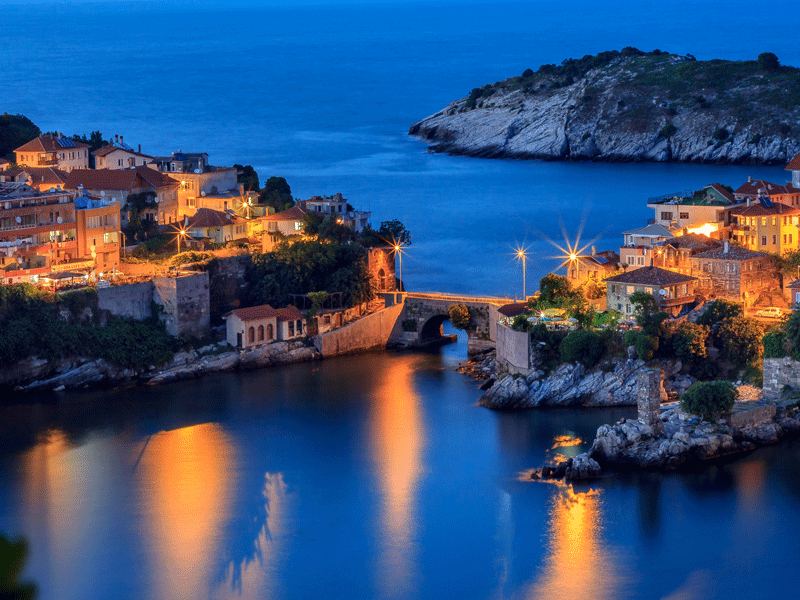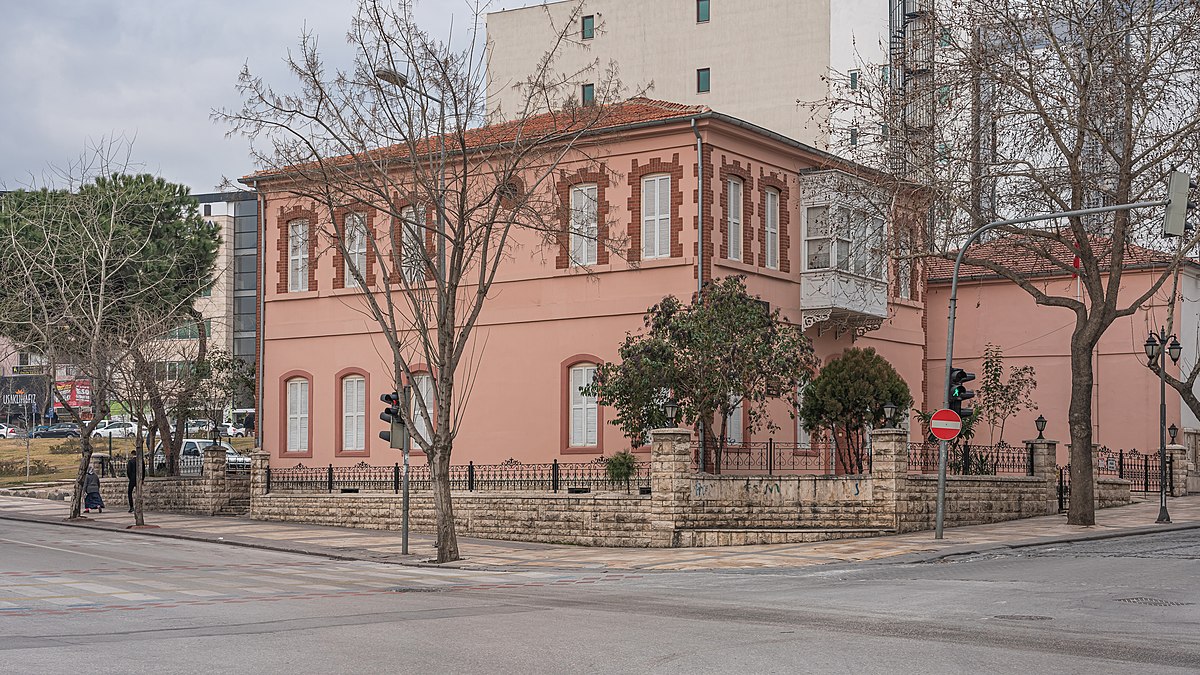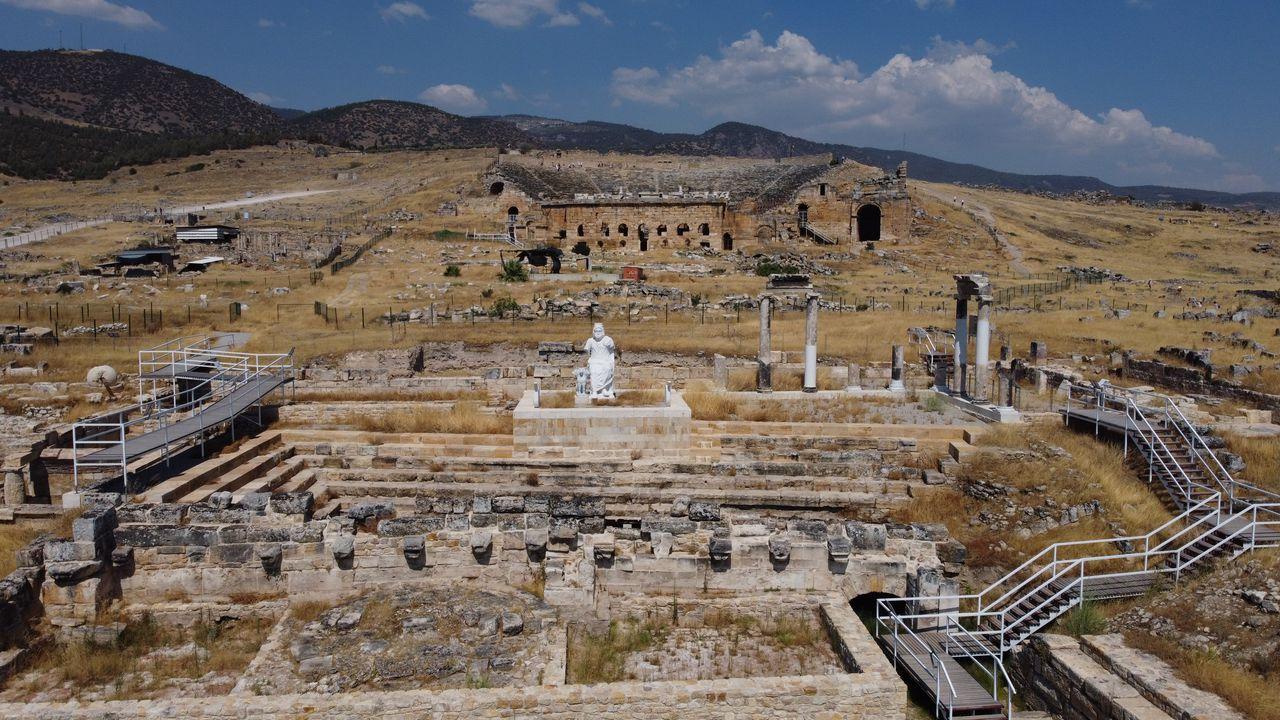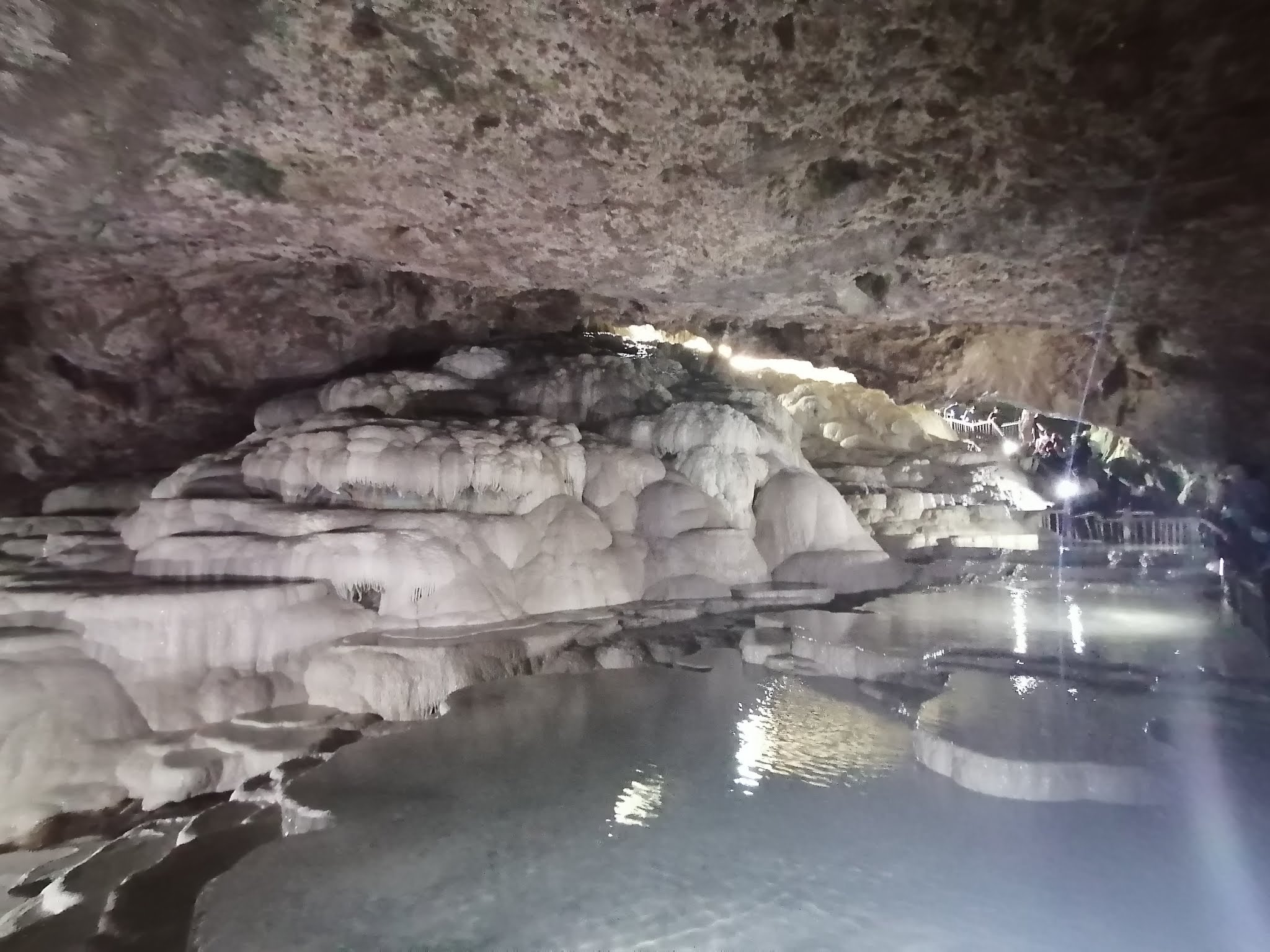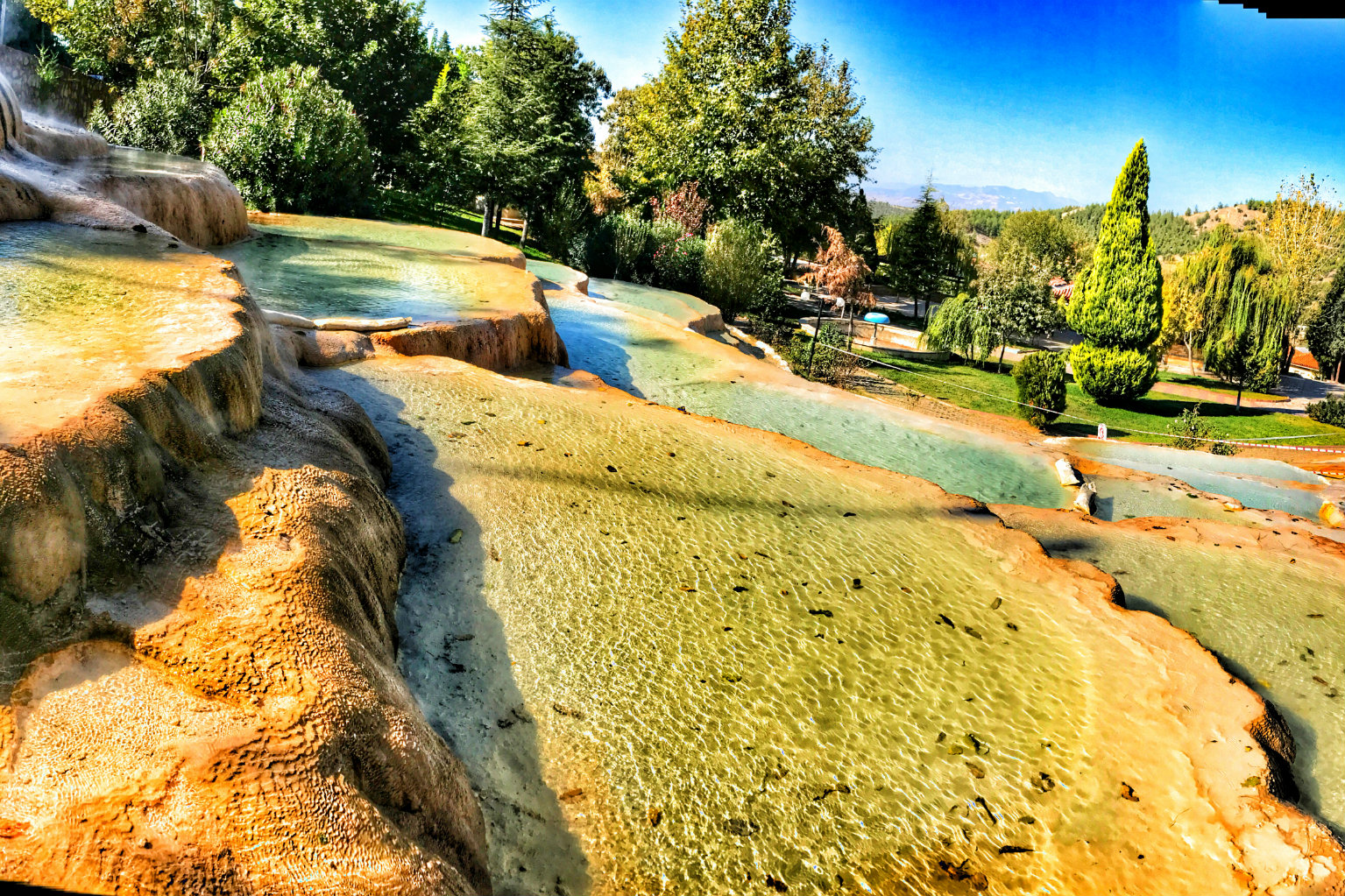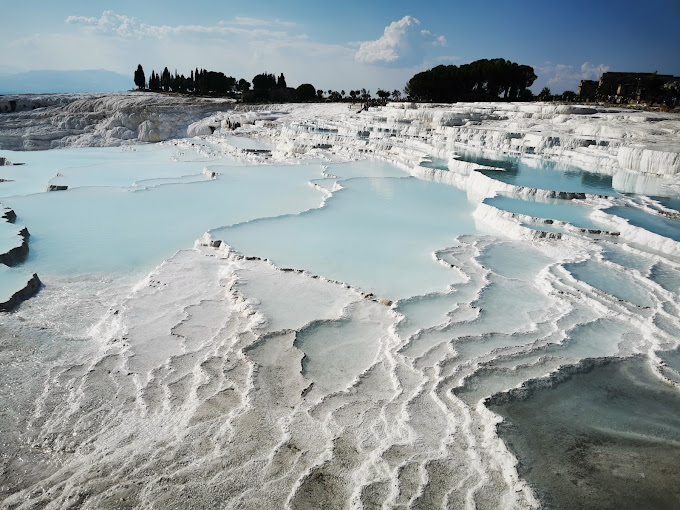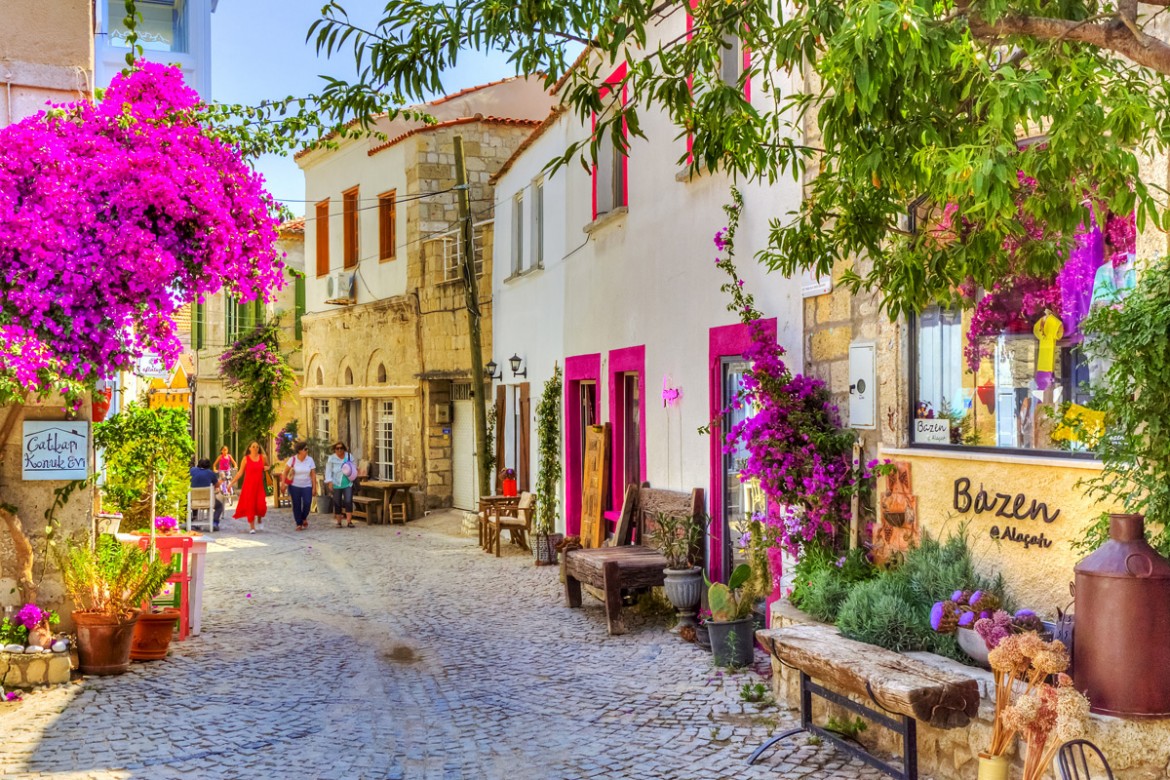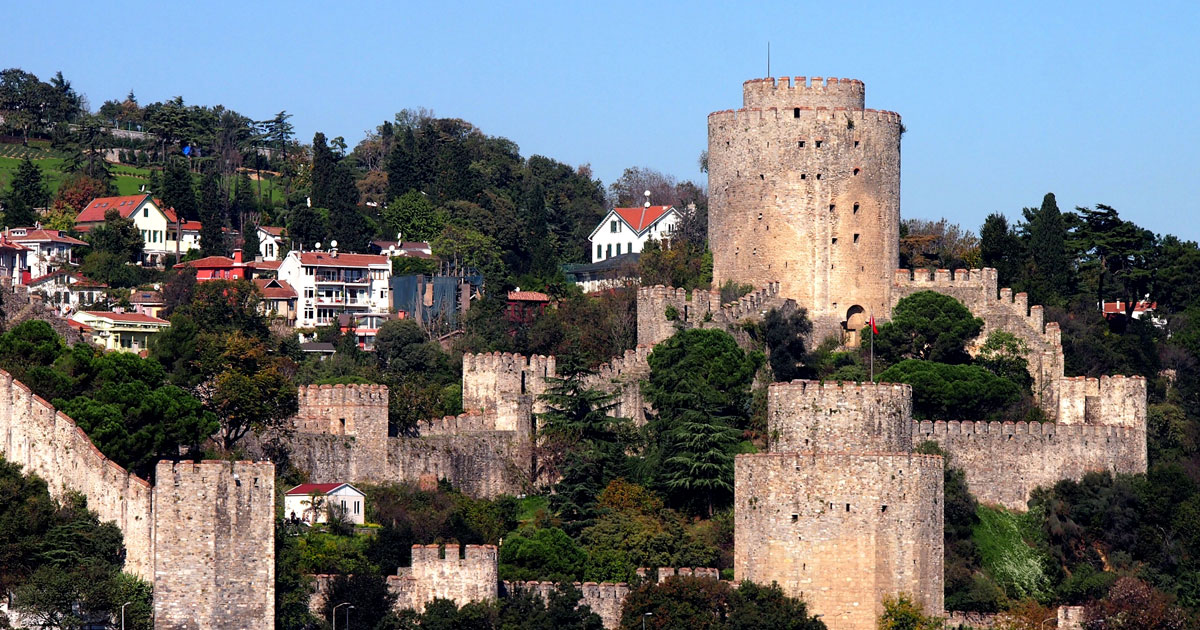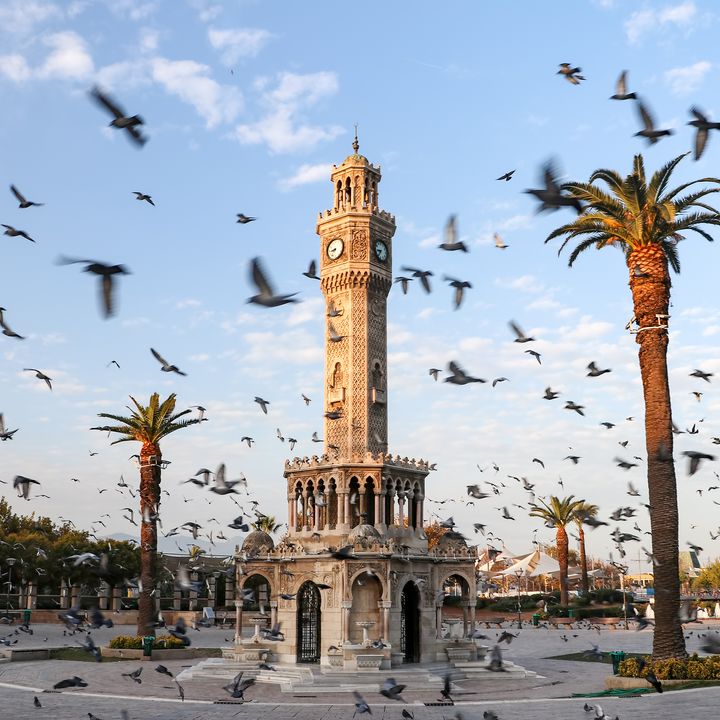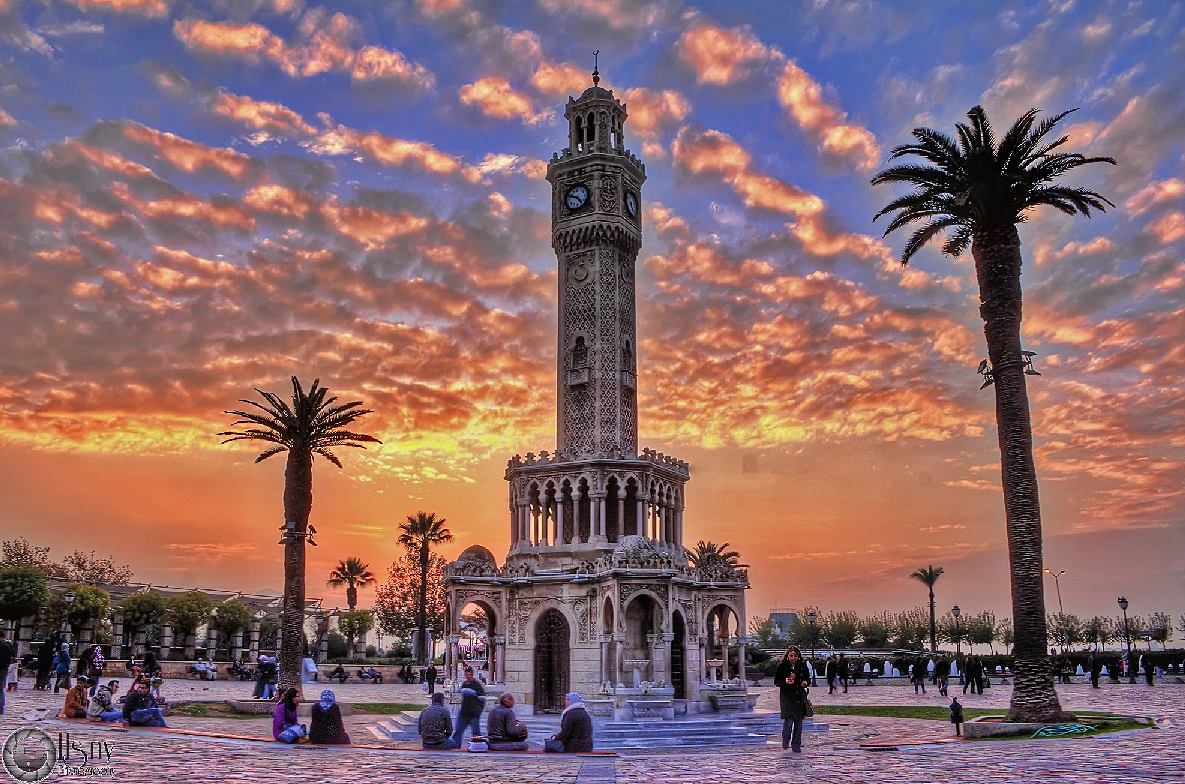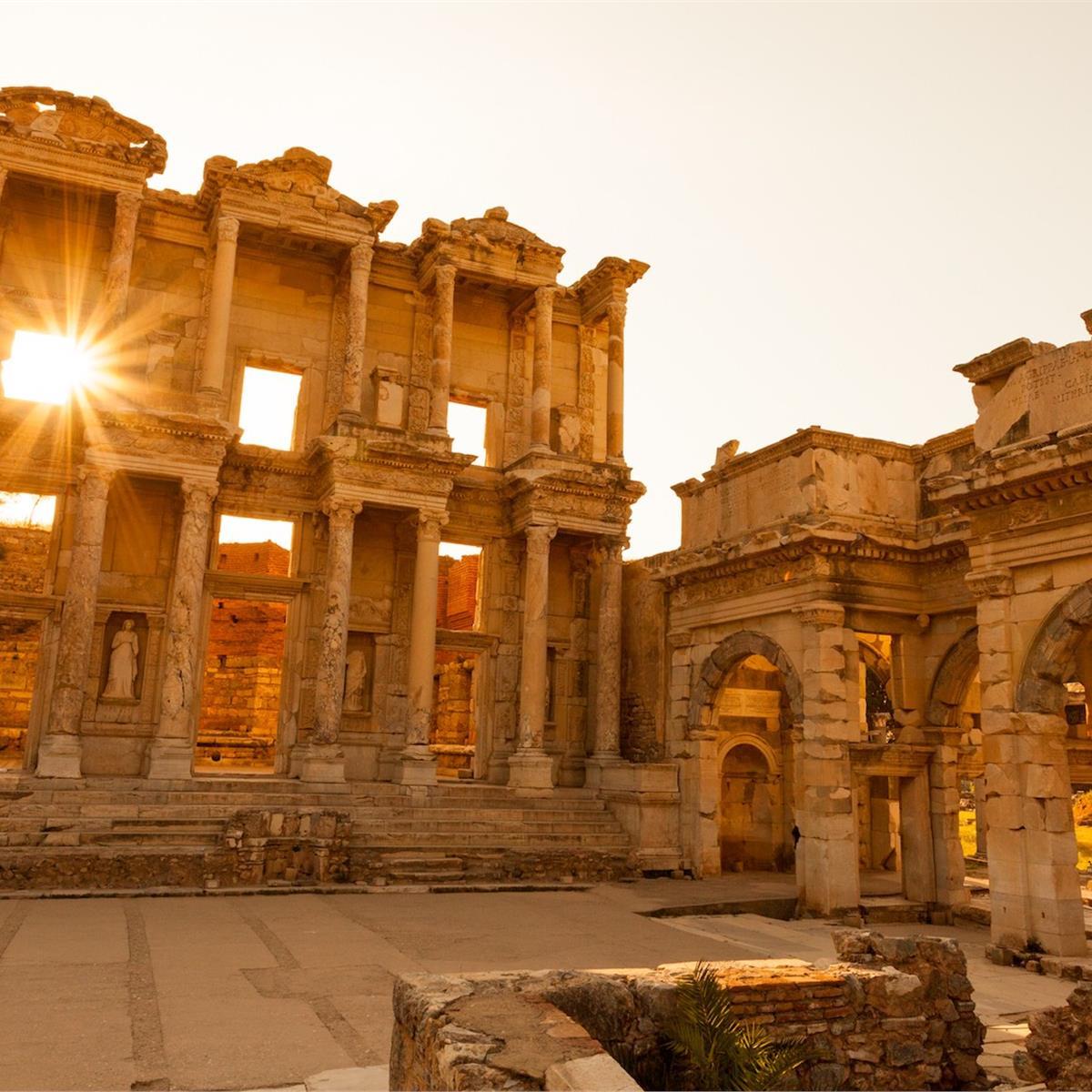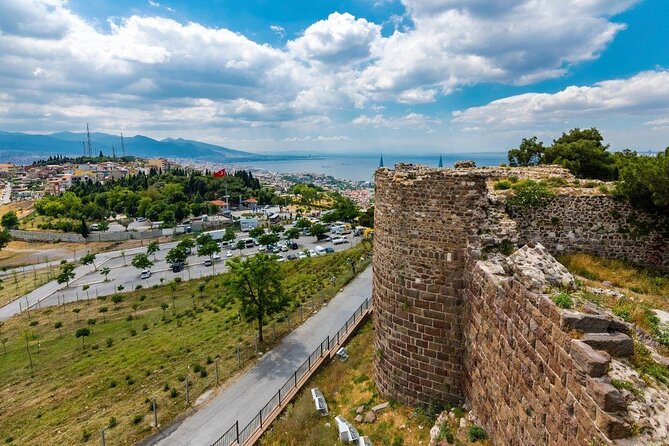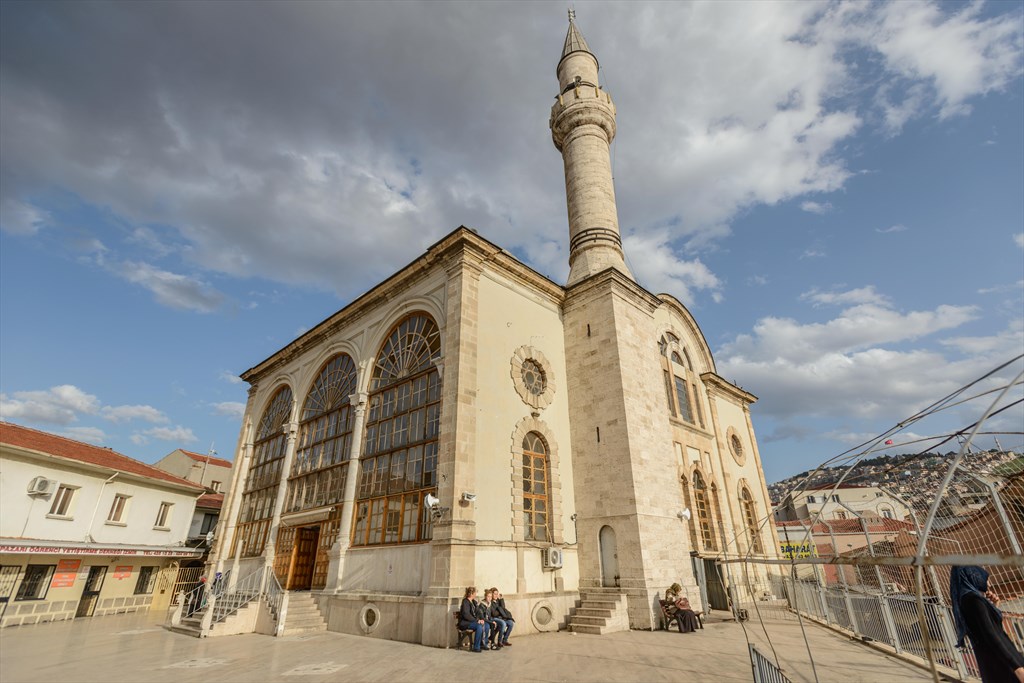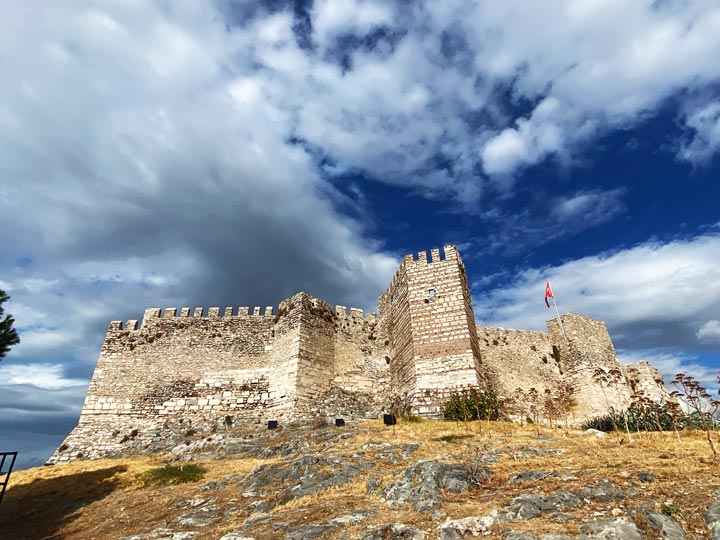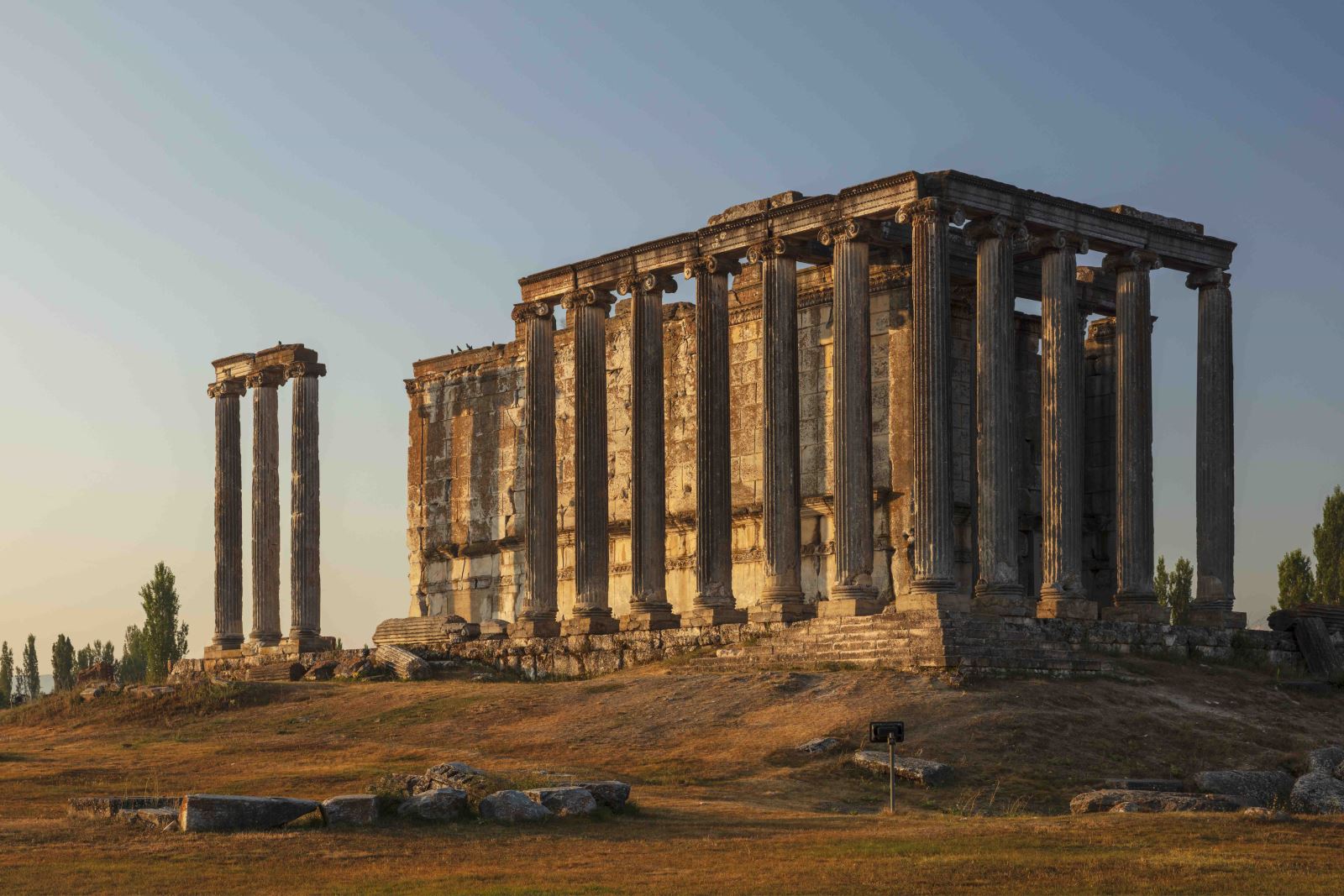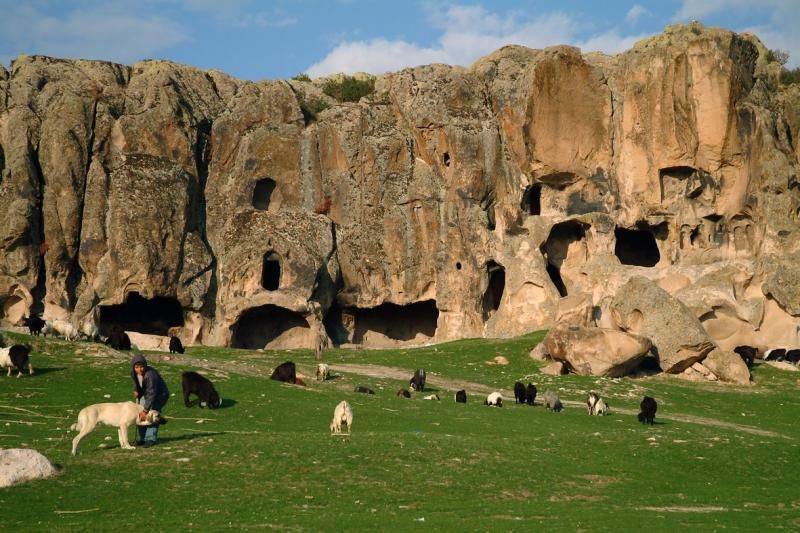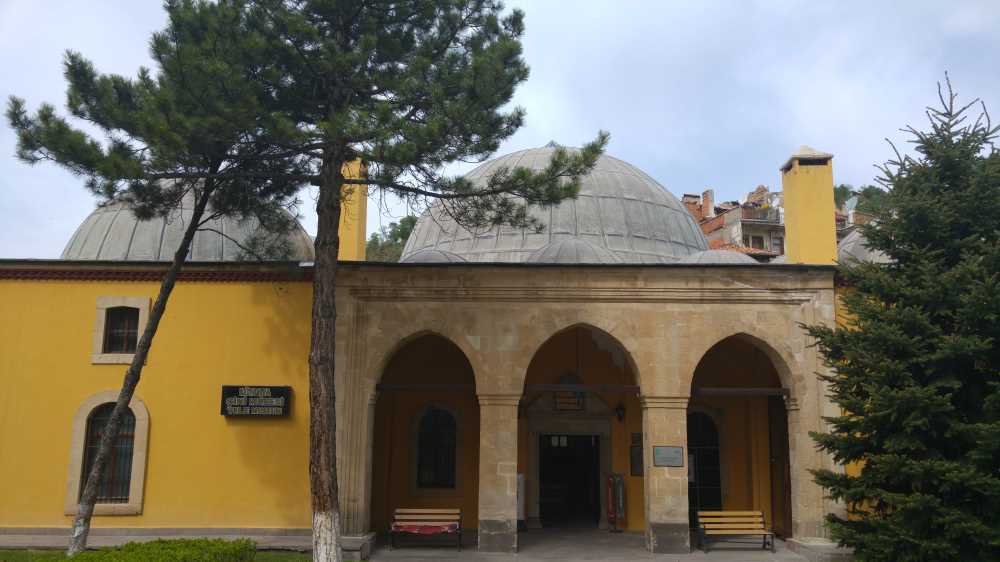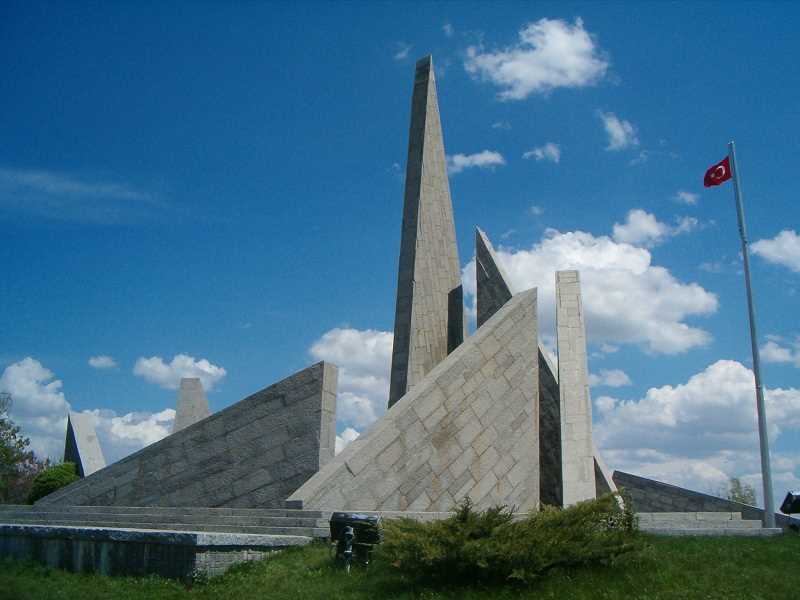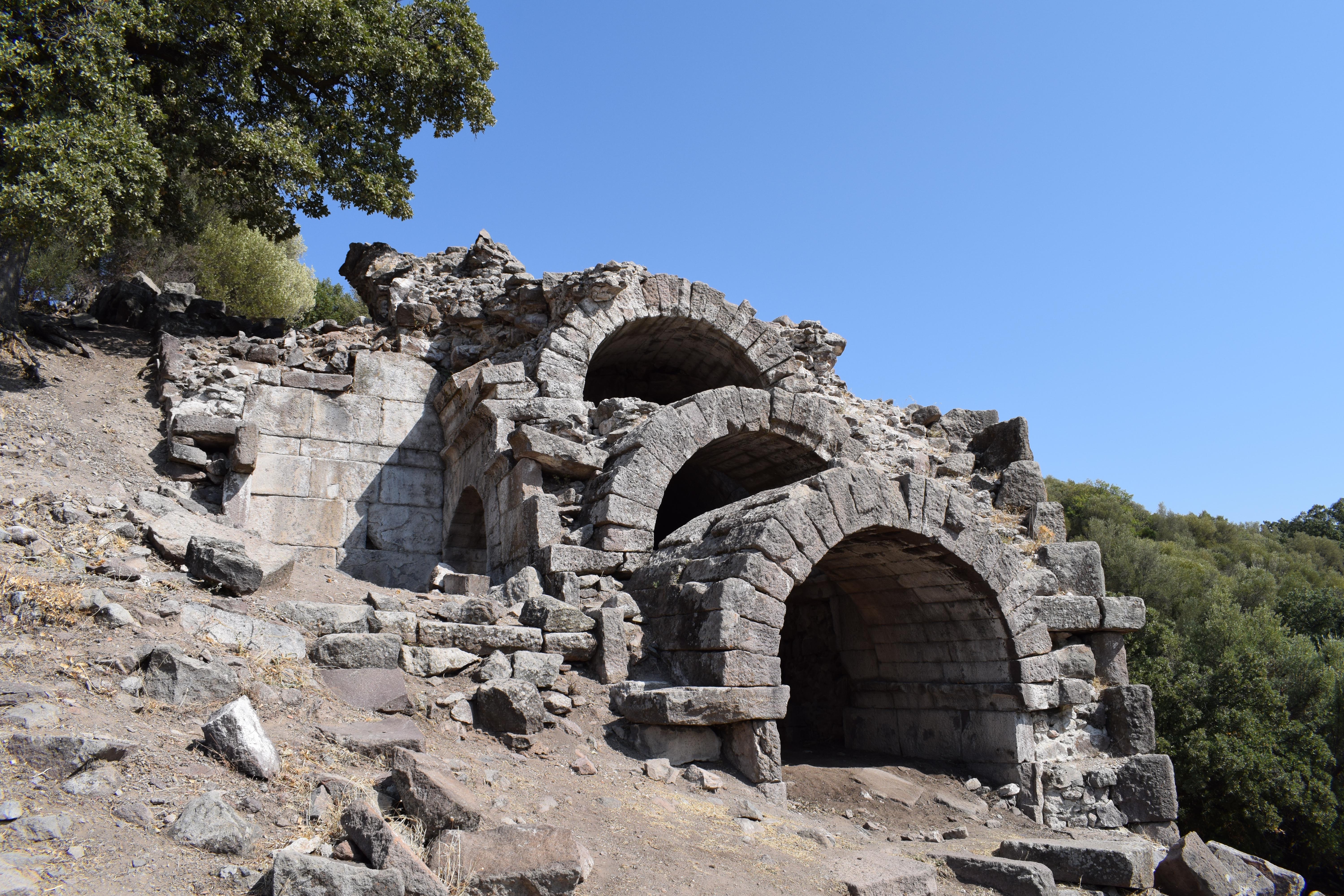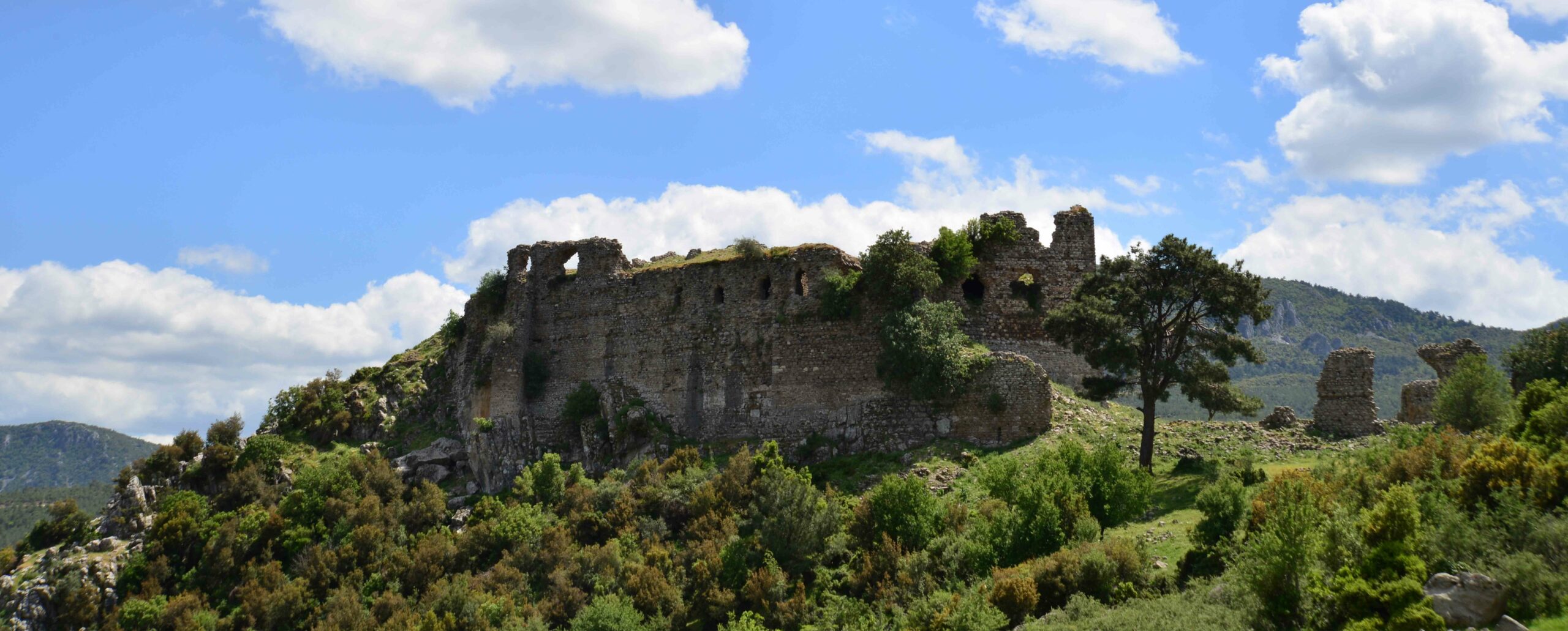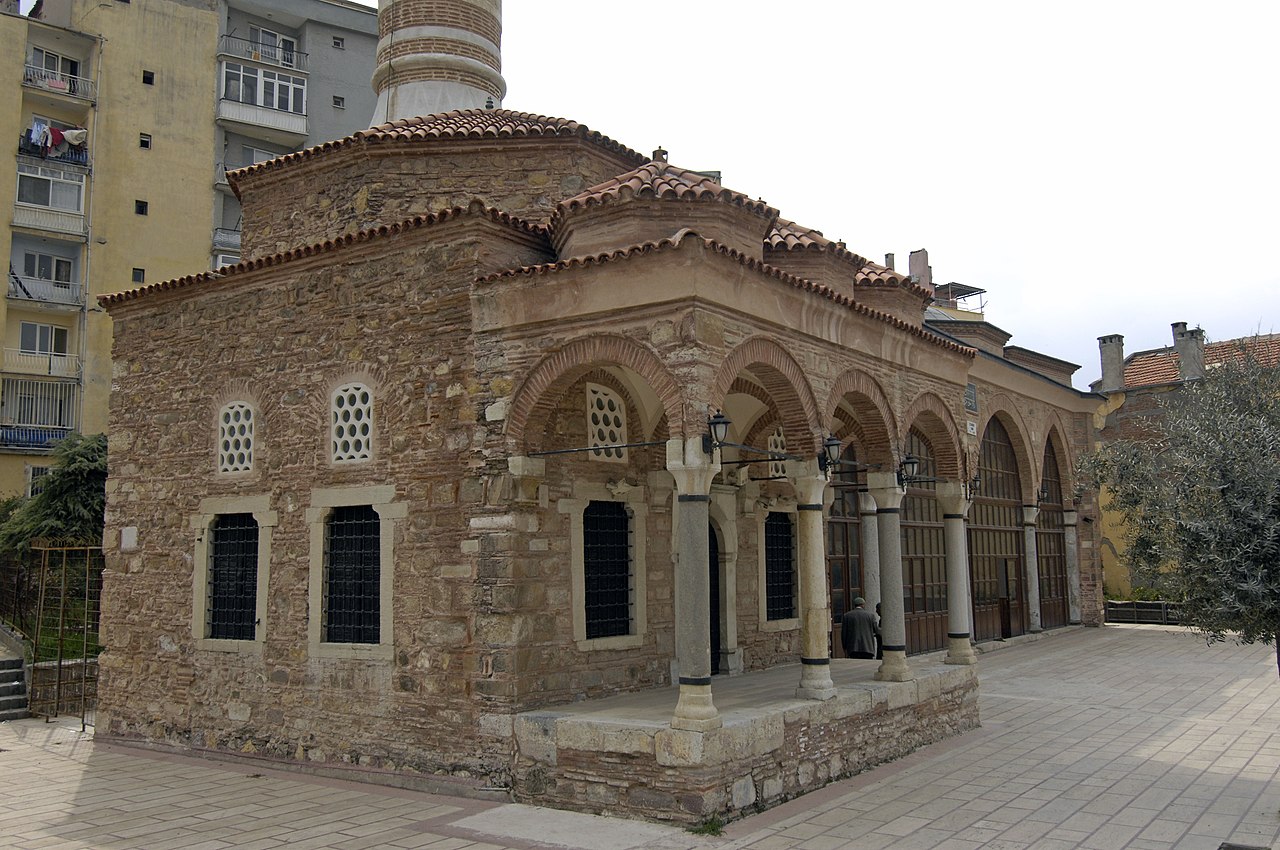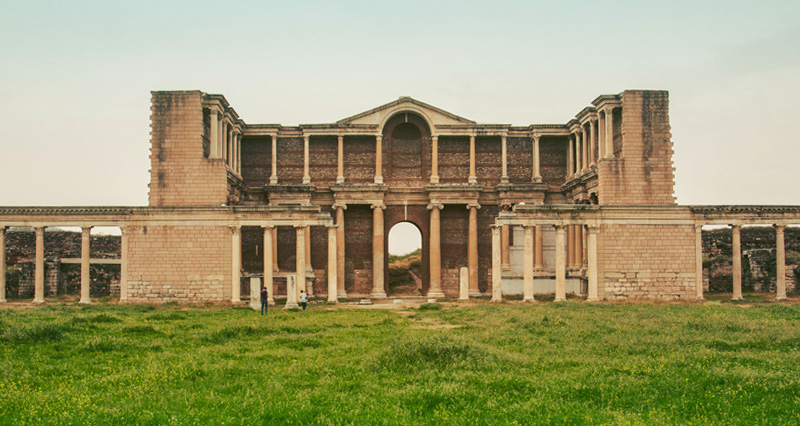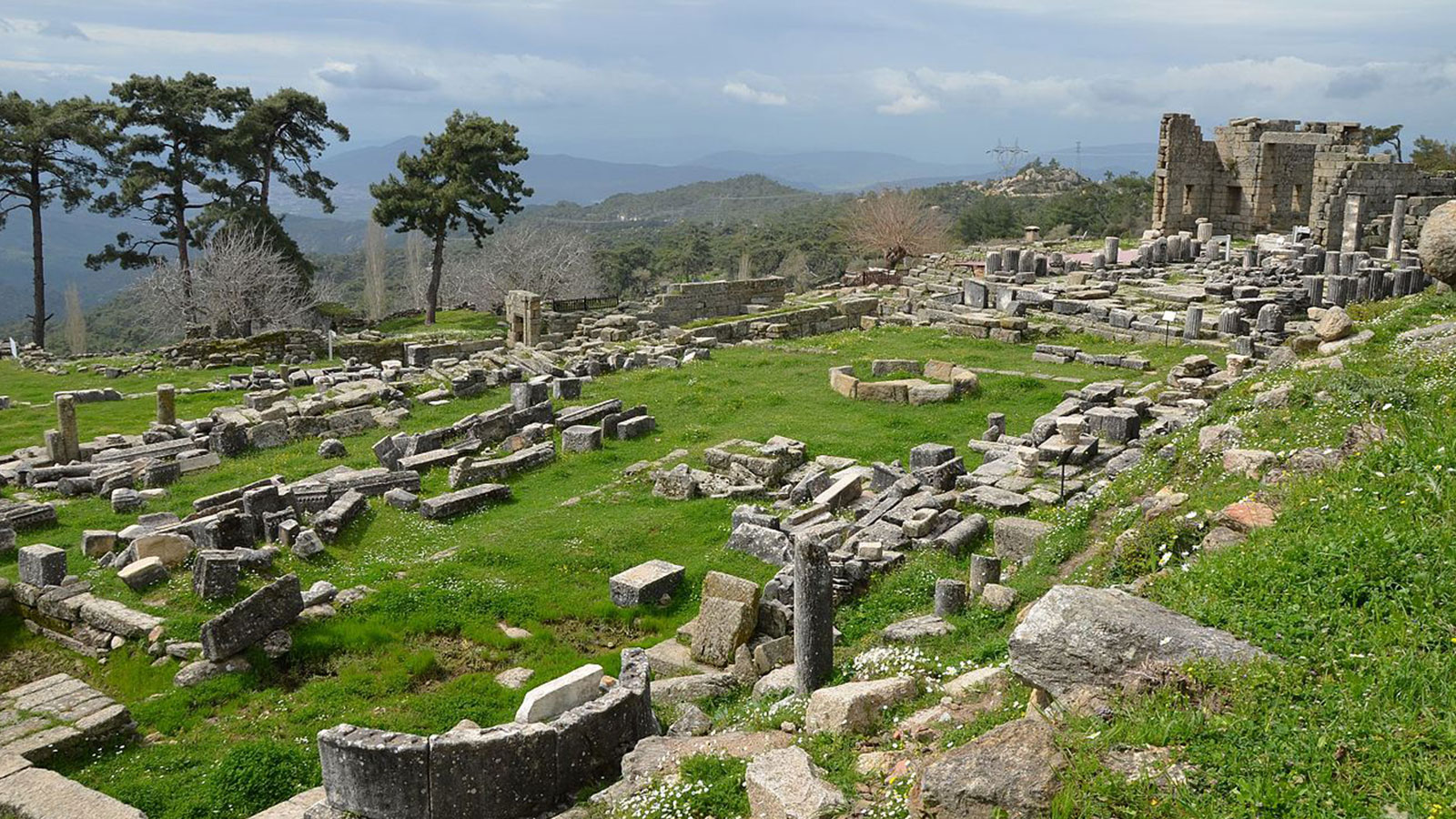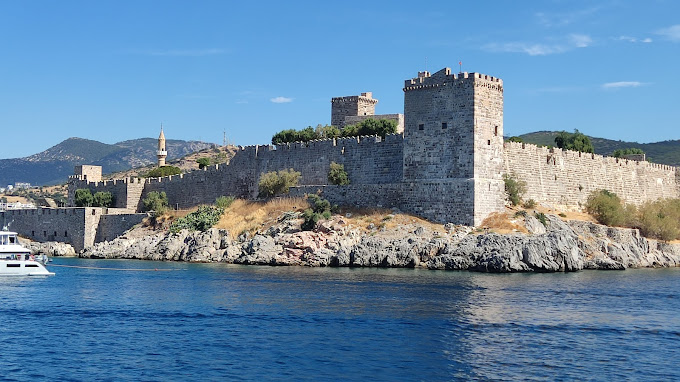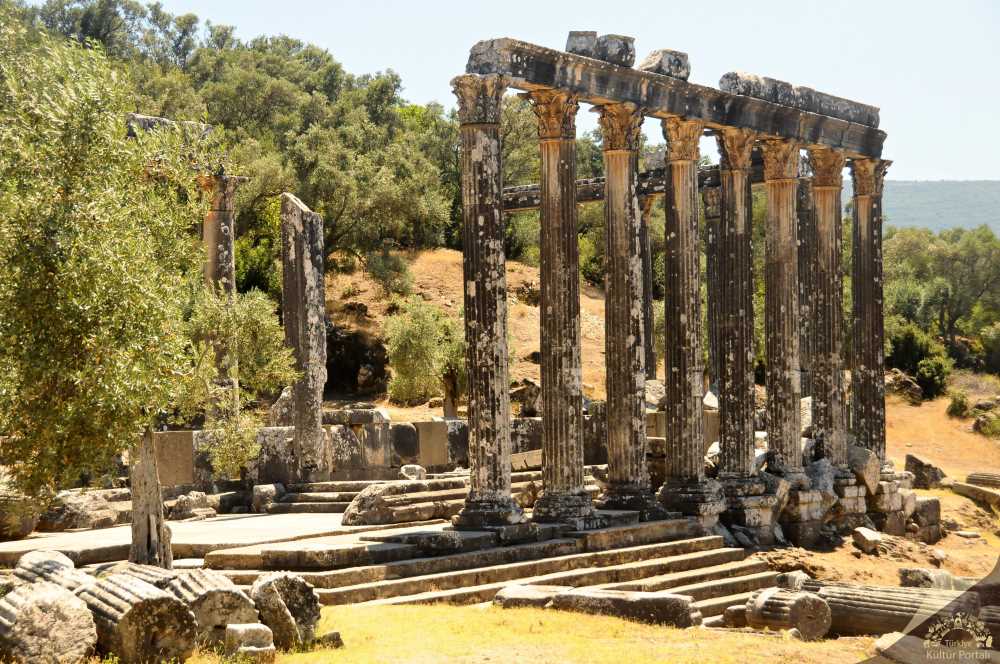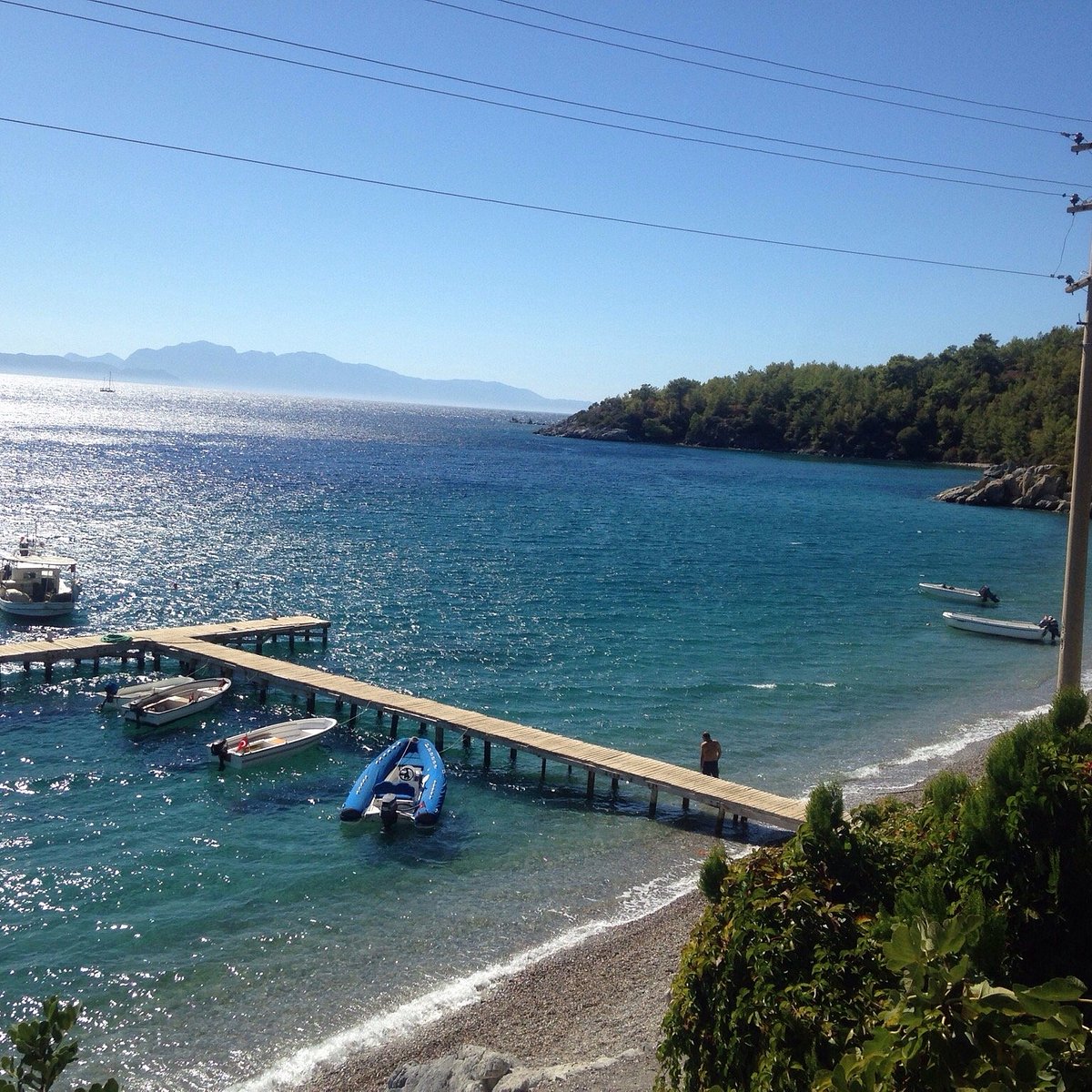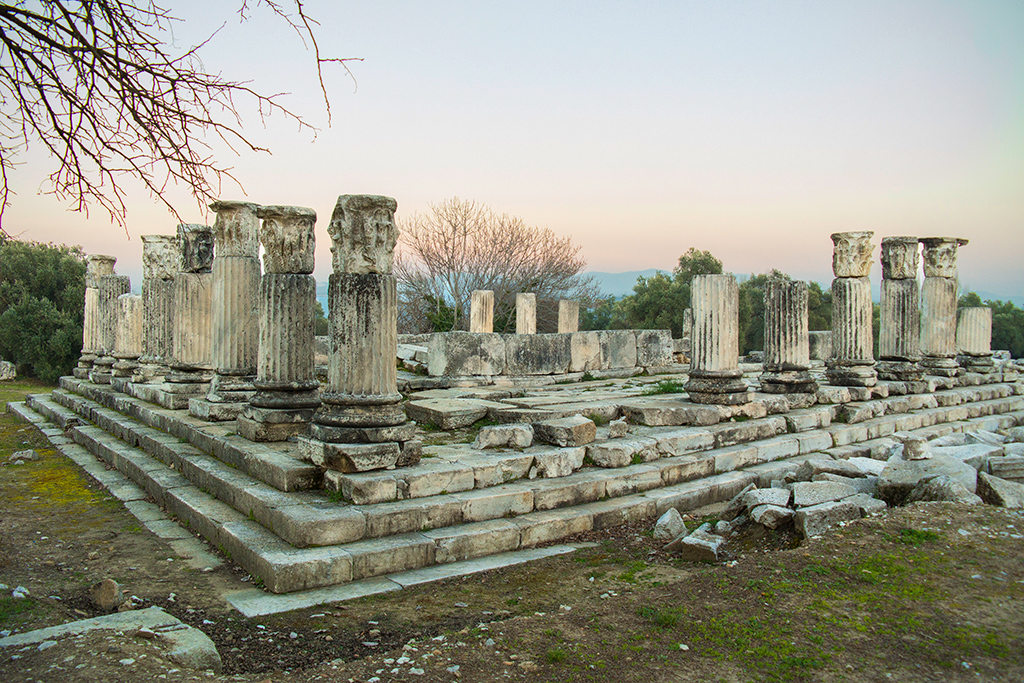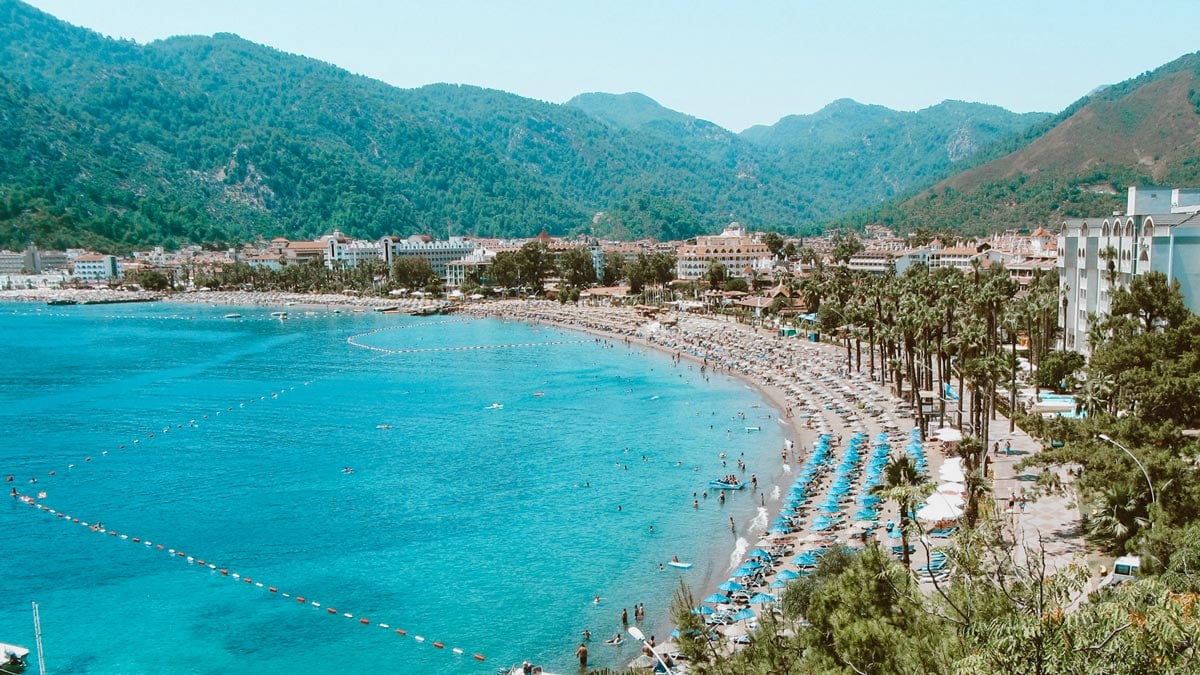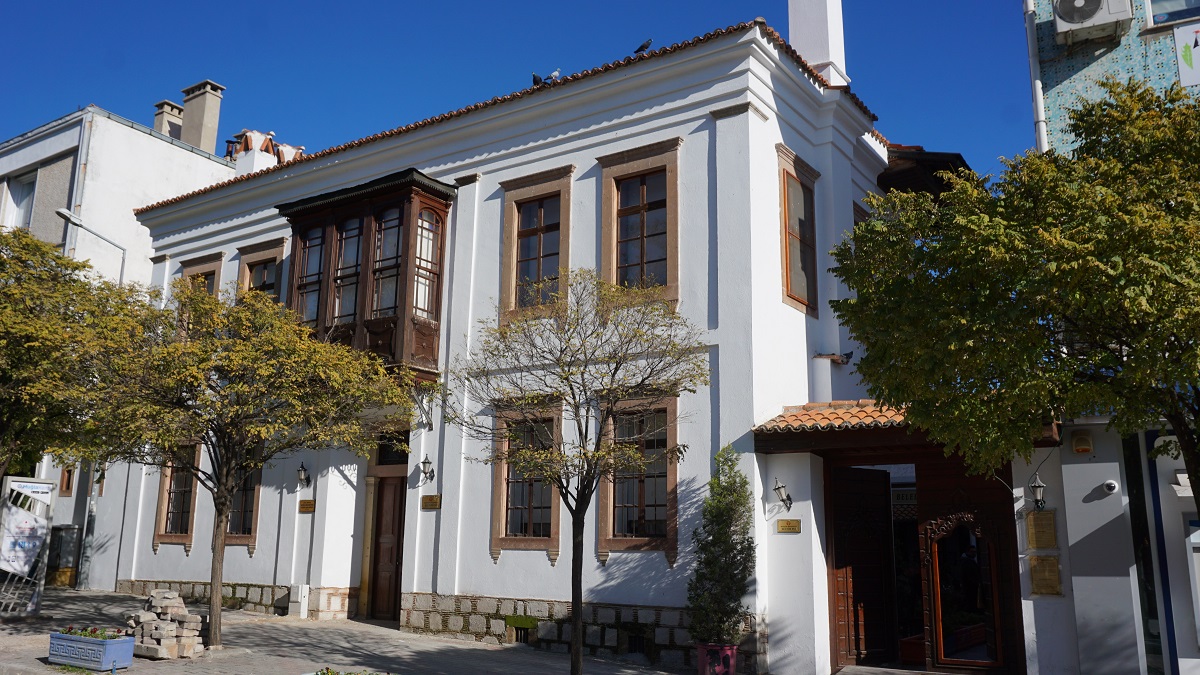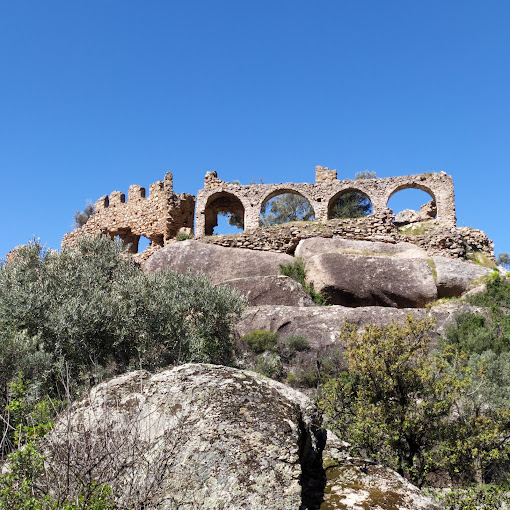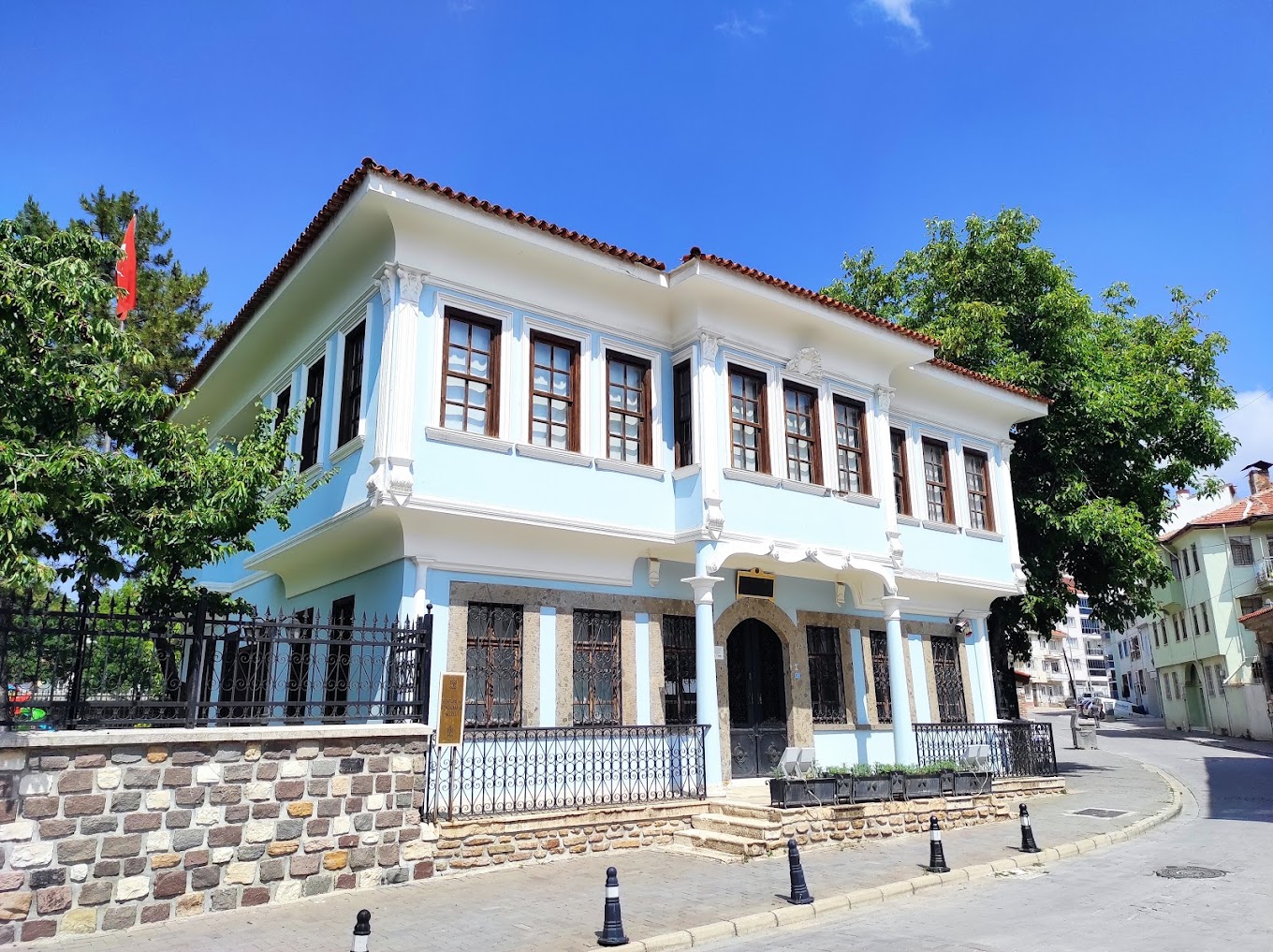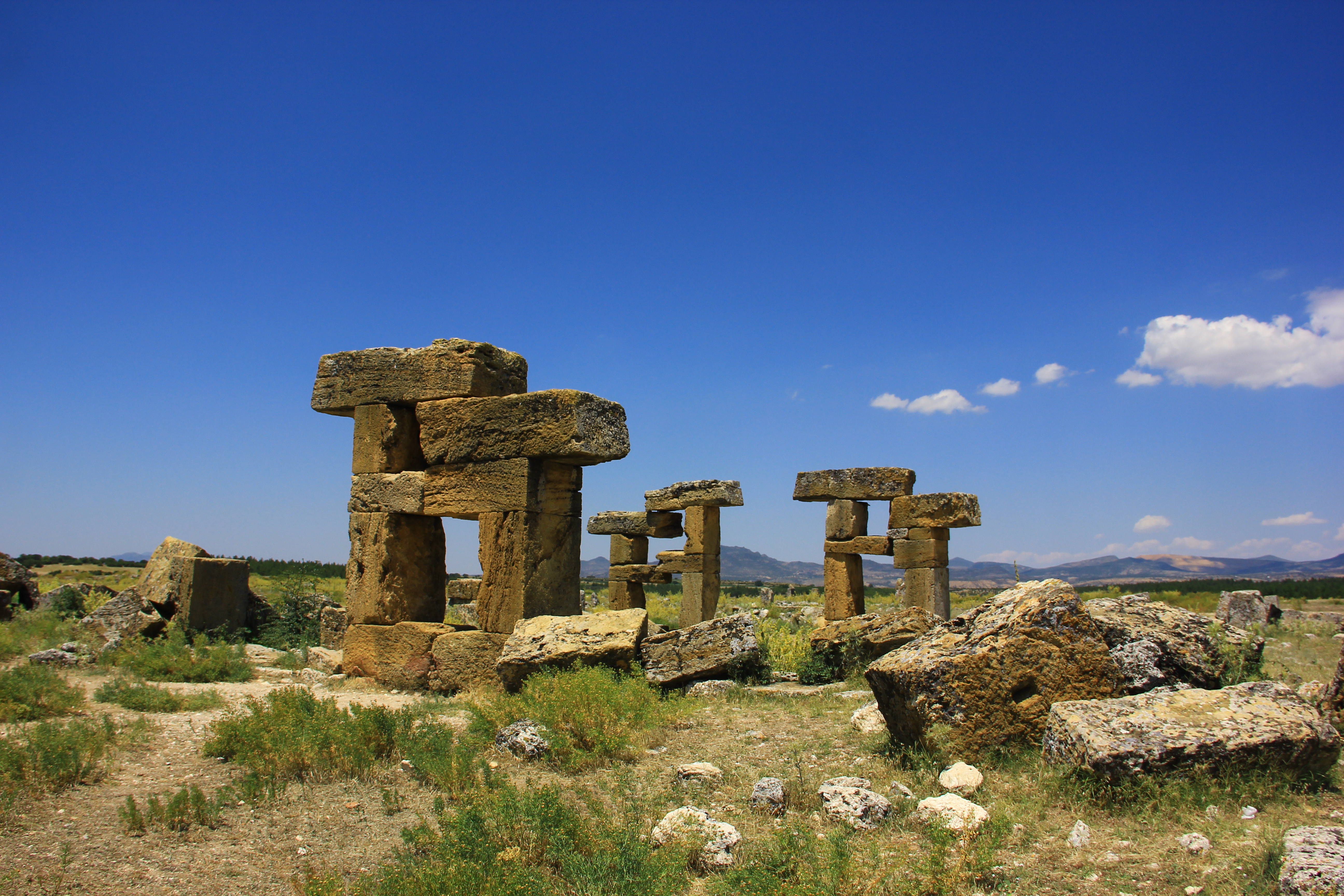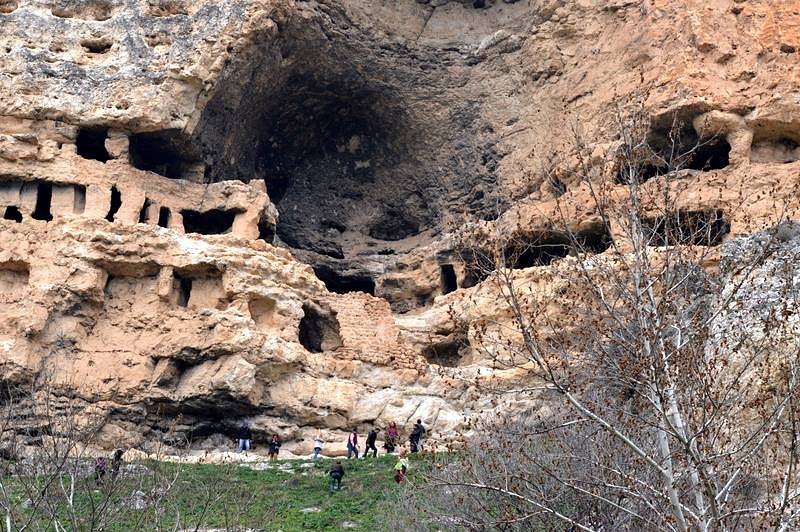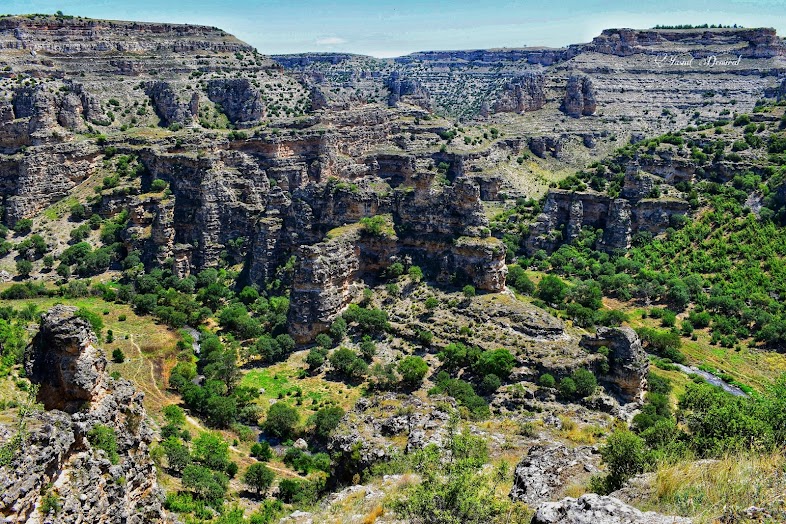Blaundus Ancient City
Located in the inner Aegean, our city promises unique beauties for visitors who are keen on cultural tourism, as it contains the most important archaeological values that are priceless. One of them is the ancient city of Blaundus, located within the borders of Sülümenli village in Ulubey district, 40 km from Uşak. It has been registered as a first degree protected area. Blaundus; It is said that it was founded by those who came from Macedonia after the Anatolian Campaigns of Alexander the Great, and the people of the city called themselves Blaundus of Macedonia. The city, which was connected to the Kingdom of Pergamon after Alexander the Great and then to the Roman Empire, increased in importance during the Roman period. The important structures of the city, which is located on a peninsula surrounded by deep valleys, include a castle, temples, theatre, stadium and rock tombs. Some ruins of the city have survived to the present day. The entrance arch of the northern walls built in the Hellenistic period, the mint sections, some parts of the administrative buildings fortifications, the temple in the Ionian style, the temple of the Roman Emperor Claudius, the stadium, which is located in the middle of the city, can be given as examples. The remains of the theater on the southern slope of the city and the rock tombs right next to it are also worth seeing. The symbol of the city is the double horse. In the 1845s, Hamilton found an inscription known to come from this city, and it became clear that the name of the ancient city was Blaundus. In the inscription; The phrase "Blaundeon Macedonian" gives clear and clear information about the ancient city. With the death of Alexander the Great, the city fell to the share of Antigonos, one of the 8 generals, also called the Deokodos, who had conflicts to divide the empire among them. The city was the Kingdom of Pergamon in 189 BC. The city, which was an important settlement area during the Roman period, was connected to the Sebaste Diocese, which was located within the borders of Sivaslı District of Uşak Province in the 5th century BC, and was also the center of the diocese. It was built on a peninsula-like structure surrounded by steep valleys.The fact that it was built on a peninsula-shaped piece of land indicates that the entrance to the city was only through the gate in the north.The theater building was built on the hillside outside the city walls. The theater's stage was completely destroyed. Some of the seating rows are intact. The center of the city, which is within the walls, is a temple built in Ionic order and buildings of various sizes. The tombs of the city (necropolis) are located in two different areas. First; the cemetery and a few tumulus located in the north of the city, and the second one is the rock tombs located in the valley to the east of the city. The rock tombs were built in 2, 10 and 12 styles. The vaulted rock tombs are of niched chambers and fixed sarcophagi. Most of the rock tombs are decorated with white plaster and animal and plant motifs made with red, blue and green paints on the plaster. In the area outside the ancient city, there is a second Ionic temple and a total of 14 but only one arch nowadays. It is possible that the arches were aqueducts, although not certain.





